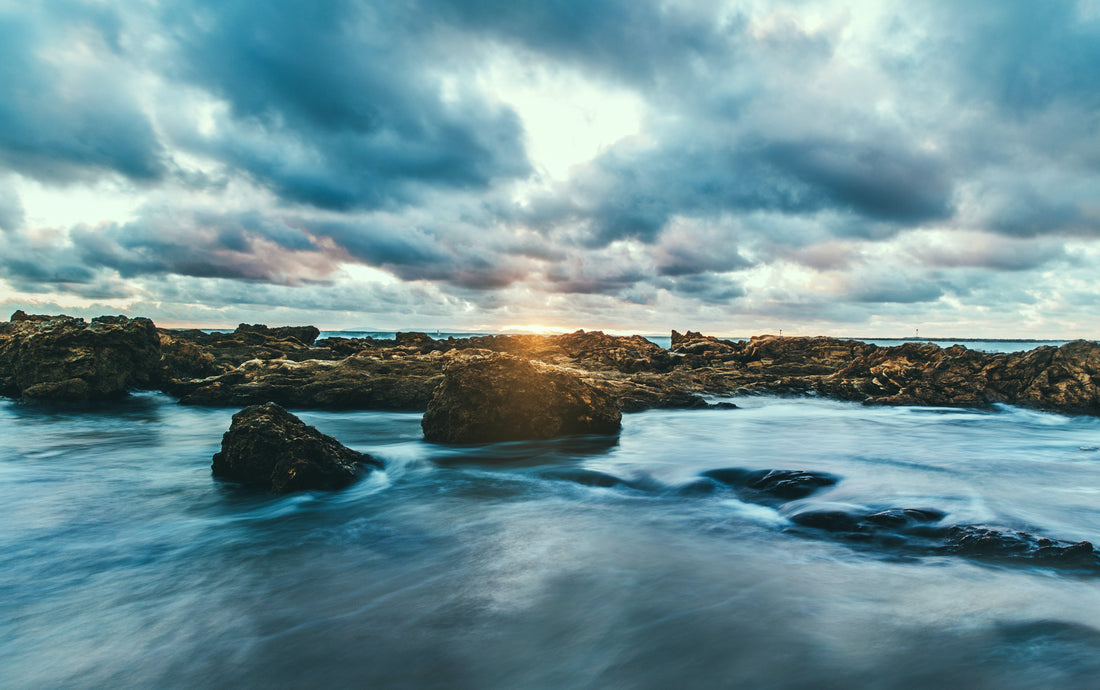La Niña is a tropical storm system that originates in the Pacific Ocean. It occurs due to warmer waters being pushed from South America to the west as a result of strong seasonal winds. As this happens, cold water is brought north. This change in water temperature and current creates global change for the North American winter season. With scientists saying there is a 90% chance of a La Niña season for 2021-22, here is how it can impact your fishing.
Average Temperatures
With the up flow, the Pacific coast sees a drop in ocean and air temperatures. This also leads to changes in the precipitation. In the North-west, colder than average temperatures are recorded with higher than average precipitation. In the South-West, colder than average temperatures are seen as well as a dryer season with less snow and rain.
On the Gulf Coast and in Florida, slightly warmer temperatures are typically recorded. The ocean currents do not see as much of a change and are close to typical warmth.
Water Quality
Along with this change in climate, water temperatures see a welcome bump in life. Though the cold is not typically thought of as beneficial for fishing, the colder waters that are brought to the Pacific coast of the country are packed with nutrients. This leads to healthy, plentiful bait and large schools of gamefish.
A change in fish populations
With these colder temperatures and nutrient waters, changes to fish numbers and presence are almost guaranteed. Every year, it is a gamble on which fish will show up in the largest numbers. In recent years, Bluefin have been the target of choice for Pacific anglers, coming with the trend in warmer water. The changes that accompany a La Niña year have the ability to switch the numbers around and make some fish appear, or others not show at all. We are by no means saying Albacore will be back in Southern California and Bluefin will disappear, but change is hard to estimate.
How long will it last?
It is hard to say, but if it does occur, La Niña will likely last through the end of the 2022 winter season. The last major La Niña began at the beginning of winter in 2016 and prevailed through April of 2017 with lasting impacts felt through the remainder of the year.

